D-Maltose Monohydrate Cas 6363-53-7
Chemical Name:D-Maltose monohydrate
CAS: 6363-53-7
Molecular Fomula: C12H24O12
Molecular Weight: 360.31
Appearance: White Powder
Purity: 92%
发送询盘
Description
D-Maltose monohydrateQuick Details
Chemical Name: D-Maltose monohydrate
Other Name: d-(+)-maltose hydrate; d-malatose; maltobiose monohydrate; maltose monohydrate; Maltobiose Hydrate
CAS: 6363-53-7
Molecular Fomula: C12H24O12
Molecular Weight: 360.31
Chemical Structure:
Appearance: White Powder
Purity: 92%
D-Maltose monohydrateTypical Properties
CASNo:
6363-53-7
ChemicalName:
D-( )-Maltose monohydrate
Synonyms:
D-Glucose, 4-O-alpha-D-glucopyranosyl-, monohydrate;D-MALTOSE;D-MALTOSE, H2 O;D-( )-MALTOSE HYDRATE;D( )-MALTOSE MONOHYDRATE;D-MALTOSE MONOHYDRATE;D-MALATOSE;MALTOBIOSE
MolecularFormula:
C12H24O12
MolecularWeight:
360.31
PhysicalState:
White powder
Assay:
92%,98%
MeltingPoint:
119-121 ??C
StorageTemp:
Store at RT.
D-Maltose monohydrate Usage
1. Sweeteners; hygroscopic agent. Used for low sweetness of food, although lower sweetness, but the concentration constant, it can inhibit the propagation of microorganisms to achieve long-term preservation purposes. Prevent the use of its hygroscopic crystalline candy effect, it can also improve food structure, so that long-term flexibility, also apply to natural fruit juice sweetened.
2. Nutritive sweeteners.
3. Research, experiment. Maltose aldehyde group in the molecular structure, having reducing properties, is a reducing sugar. Therefore, the silver mirror reaction can occur with silver ammonia solution, it can be fresh alkaline hydroxide reacts with brick red precipitate. Certain conditions may be hydrolyzed to form two molecules of glucose. As a biological medium, polysulfide assay agent, analytical chemistry colorimetric determination of standard brown
4. High maltose syrup in addition to being widely used in cold drinks and baked goods, the application in medicine and health food is also very extensive. Low osmolality high maltose can be used instead of glucose infusion in patients with pure maltose do intravenous infusion, is not easy to cause blood sugar. Since maltose syrup can penetrate the fetal body, and therefore can be used to produce risk of miscarriage in pregnant women. In Chinese medicine, high maltose syrup can be tonic lungs, attending an imaginary pain, Dryness cough embolism.
D-Maltose monohydrate Packaging
1kg/bag,25kgs/drum, or as your request.
| 5 |
|
0 |
| 4 |
|
0 |
| 3 |
|
0 |
| 2 |
|
0 |
| 1 |
|
0 |
- 2
- 2-diallylpent-4-en-1-amine
- 4
- 95-16-9
- Ammonium sulfamate
- Benzothiazole
- cas:67889-00-3ح2
- cas:83524-75-8 | pigment black 32
- cas:928836-00-4 | 2
- cas:932745-70-5 | 4
- Chemical Minerals
- Coconut diethanolamide
- Daily Chemicals
- discount
- for sale
- General pvc resin
- hexyl D-glucoside
- in stock
- Lauramidopropyl betaine
- LAURIC ACID MONOETHANOLAMIDE
- Petroleum Additives
- Plasticiser
- Ploymers
- price
- PVC
- quotation
- Raw Materal
- Remove term: Petroleum Additives Petroleum Additive
- SODIUM ETHYL 2-SULFOLAURATE
Related Products
Chemical Name: Hydroxypropyl starch
Synonyms: Starch 2-hydroxypropyl ether; Hydroxypropyl starch ether; 2-Hydroxypropyl starch
Cas No.: 9049-76-7
Molecular Fomula: C24H42O21
Molecular Weight: 666.57768
Appearance:?White Powder
Chemical Name: Ashwagandha Extract
Synonyms: Withania somnifera, ext.; Withania Somnefera Extract
CAS: 90147-43-6
Appearance: Brown
Monostearin is a versatile emulsifier and emollient derived from glycerol and stearic acid. It is instrumental in stabilizing emulsions and enhancing the texture and consistency of a wide range of products in the cosmetics, food, and pharmaceutical sectors.
Chemical Name: 1,1,2,2-Tetrachloroethane
Other Name: Tetrachlorethane
CAS No.: 79-34-5
Molecular Formula: C2H2Cl4
Molecular Weight: 167.85
Appearance: Liquid
Chemical Name: COPPER (II) GLUCONATE, MIN. 98
CAS No.: 13005-35-1
Molecular Fomula: C12H22CuO14
Molecular weight: 453.84068
Chemical Name: delta-Cyclodextrin
CAS No.: 85220-53-7
Molecular Formula: C54H90O45
Molecular Weight: 1459.27
Appearance: White powder
Hydrogenated lecithin is light yellow or milky white powder. Due to the use of catalysis and hydrogenation processes, the unsaturated chains of unsaturated fatty acids in the molecular structure of soybean lecithin disappear, thereby greatly improving the chemical stability, dispersibility, and emulsification of lecithin. It has decolorization and deodorization effects, which is more conducive to storage and preservation, and improves its role in medicine, high-end cosmetics, and light industry. It is especially suitable for intravenous fat emulsifiers and nutrients. It is used as a blood lipid emulsifier to prevent arteriosclerosis, and has the advantages of being easy to digest, easy to absorb, and almost not remaining in the internal organs.
Chemical Name: LOCUST BEAN GUM
CAS No.:9000-40-2
Molecular Fomula: C10H11ClN2O2
Molecular weight: 226.65954
Appearance: Off-white to light beige solid
Chemical Name: Ammonium Iron(II) Sulfate
Synonyms: Diammonium iron bis(sulphate); iron (ii) ammonium sulfate
CAS No.: 10045-89-3
Molecular Formula: FeH5NO4S
Molecular Weight: 170.95
Chemical Name: Zinc citrate
Synonyms: Zinc citrate trihydrate
CAS No.: 546-46-3
Molecular Formula: C6H8O7Zn
Molecular Weight: 257.5
Appearance: White powder
Chemical Name: Potassium Castorate
CAS No.: 8013-05-6
Molecular Formula: C57H107K3O12
Molecular Weight: 1101.74718
Appearance: Yellow Liquid
Chemical Name: Dehydrocholic acid
Synonyms: Acide dehydrocholique; Triketocholanic acid
CAS No.: 81-23-2
Molecular Formula: C24H34O5
Molecular Weight: 402.53
Appearance: Powder

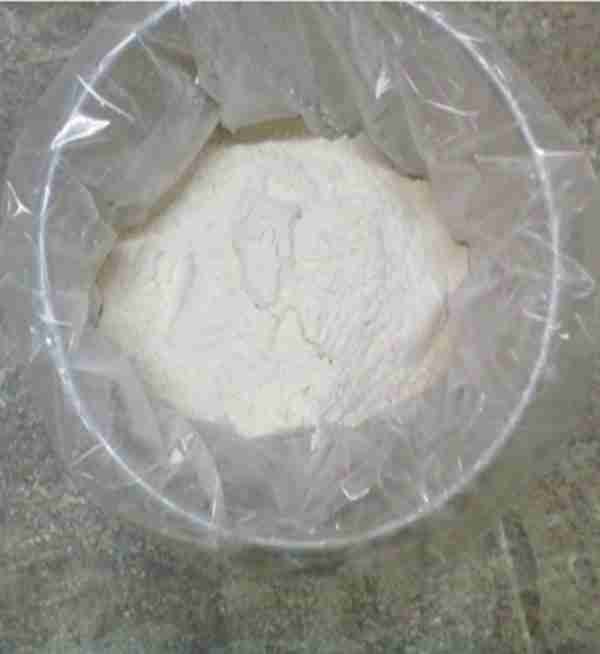
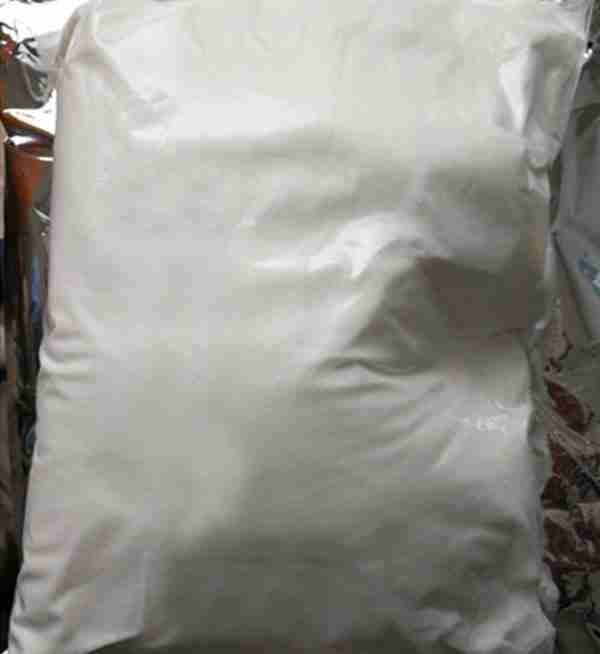
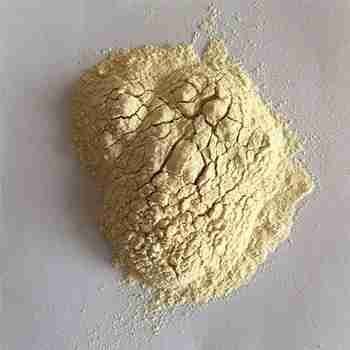
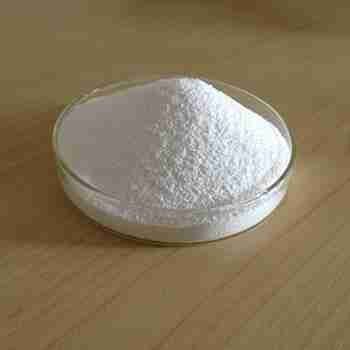



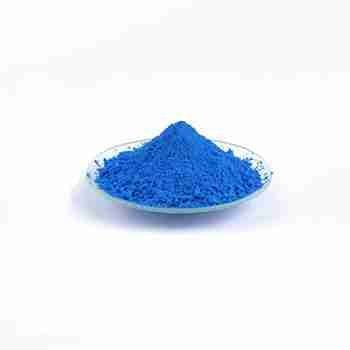
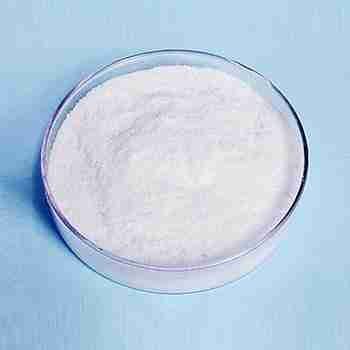
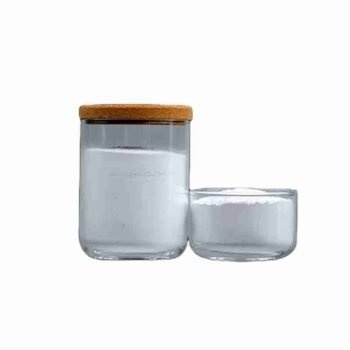
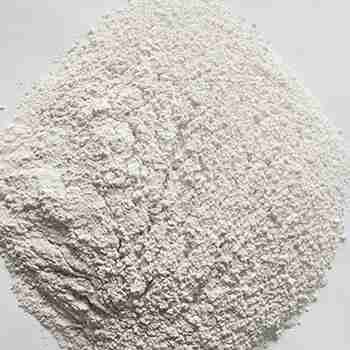







Reviews
There are no reviews yet.